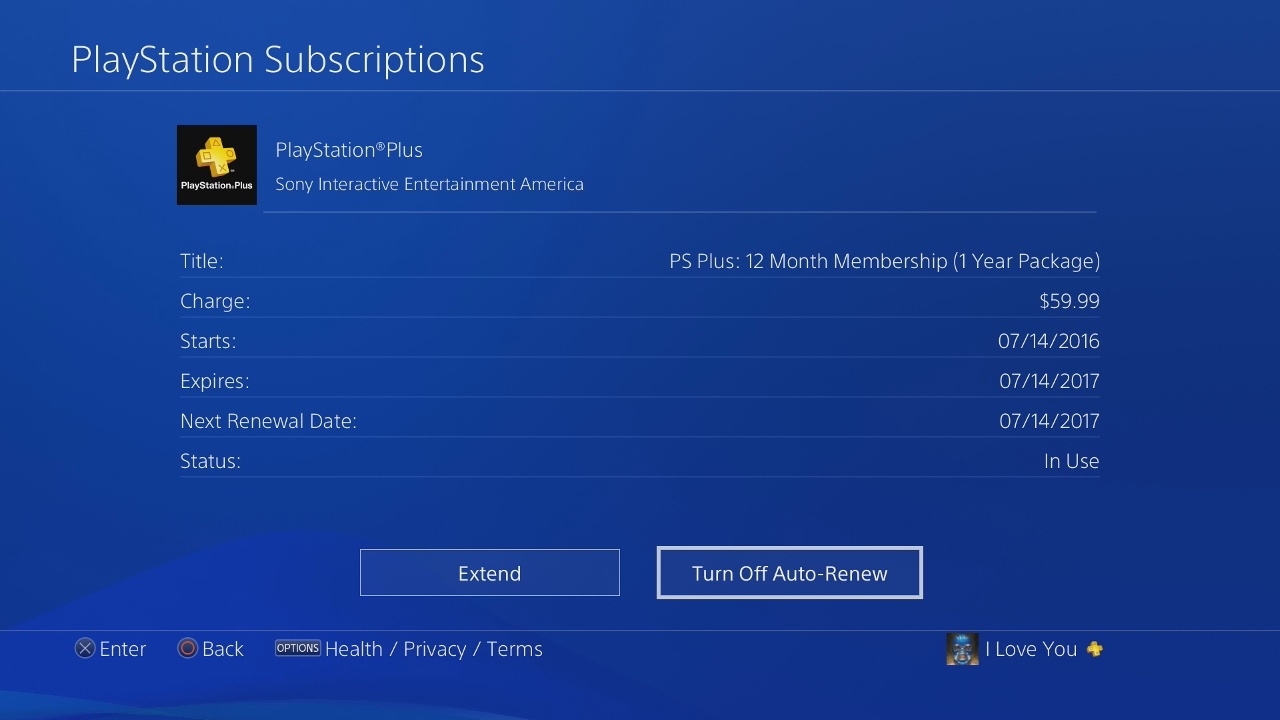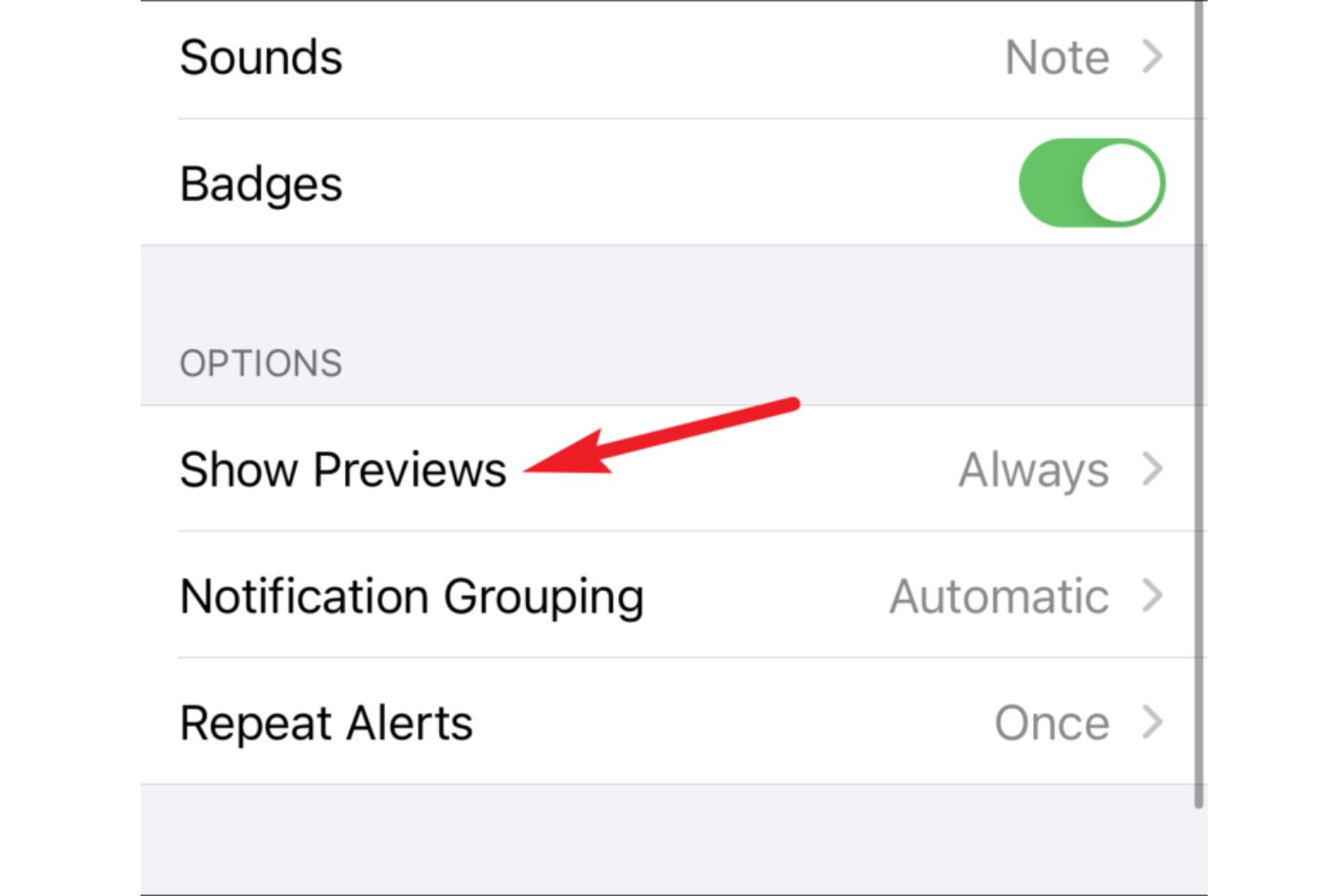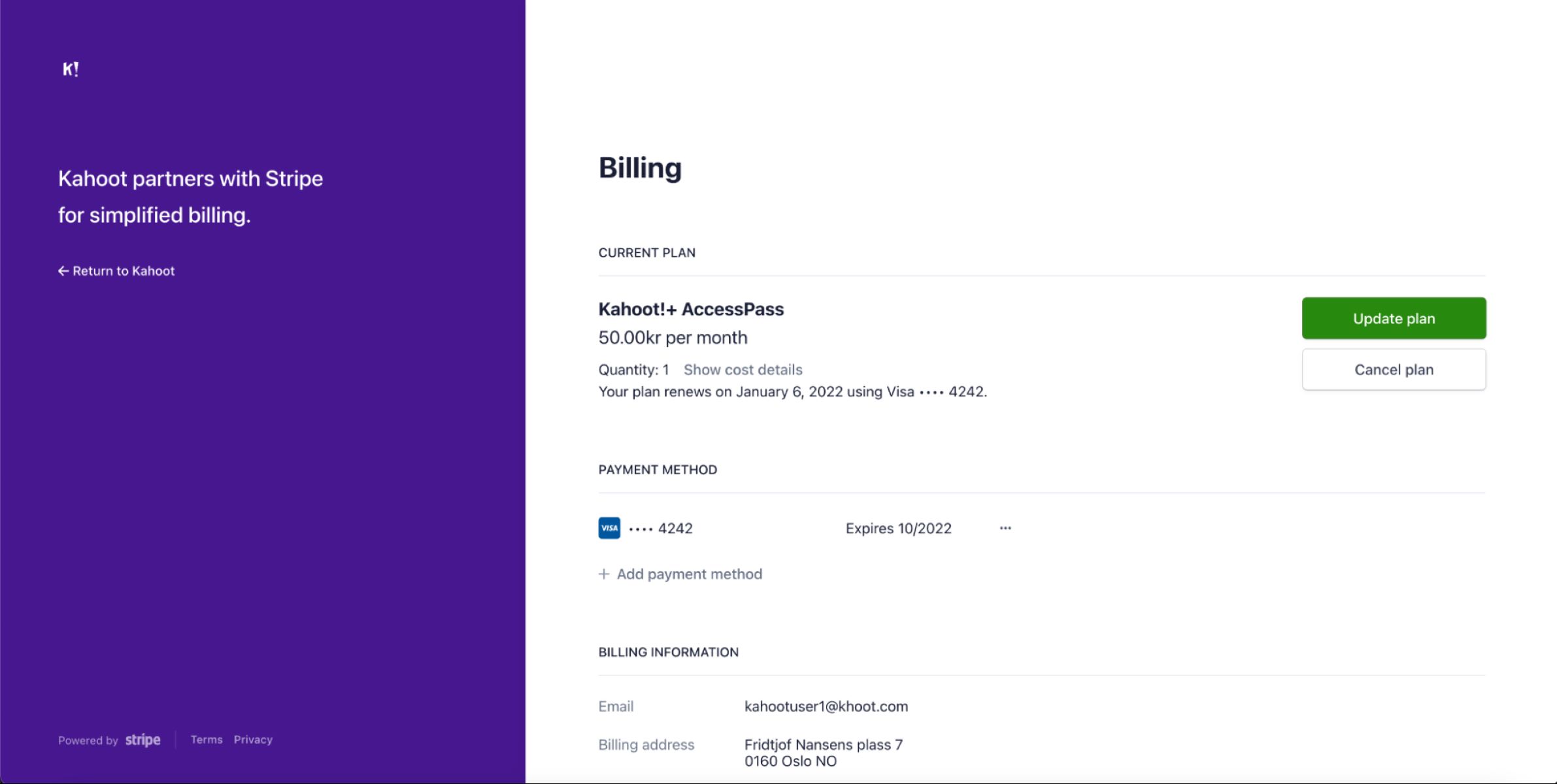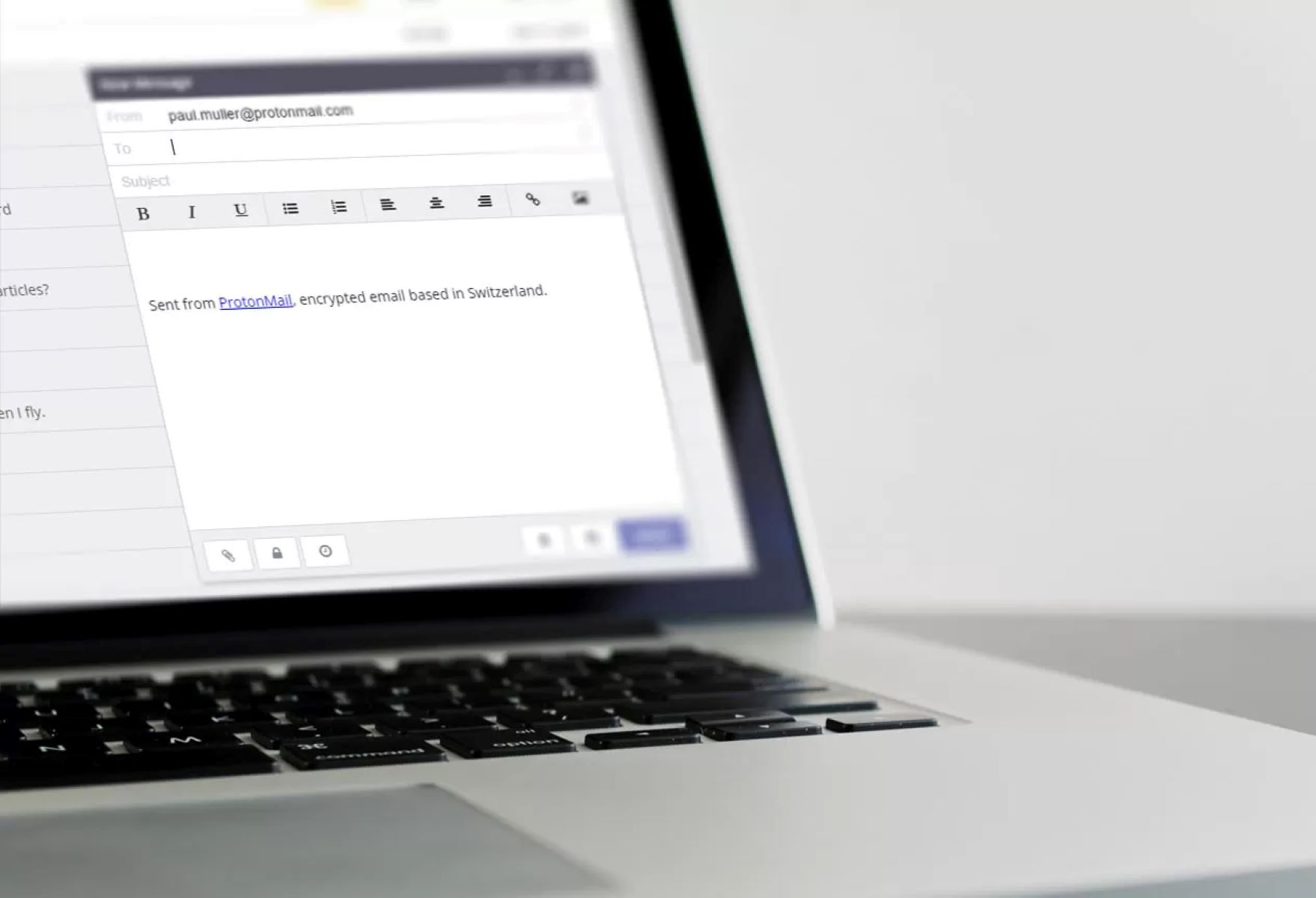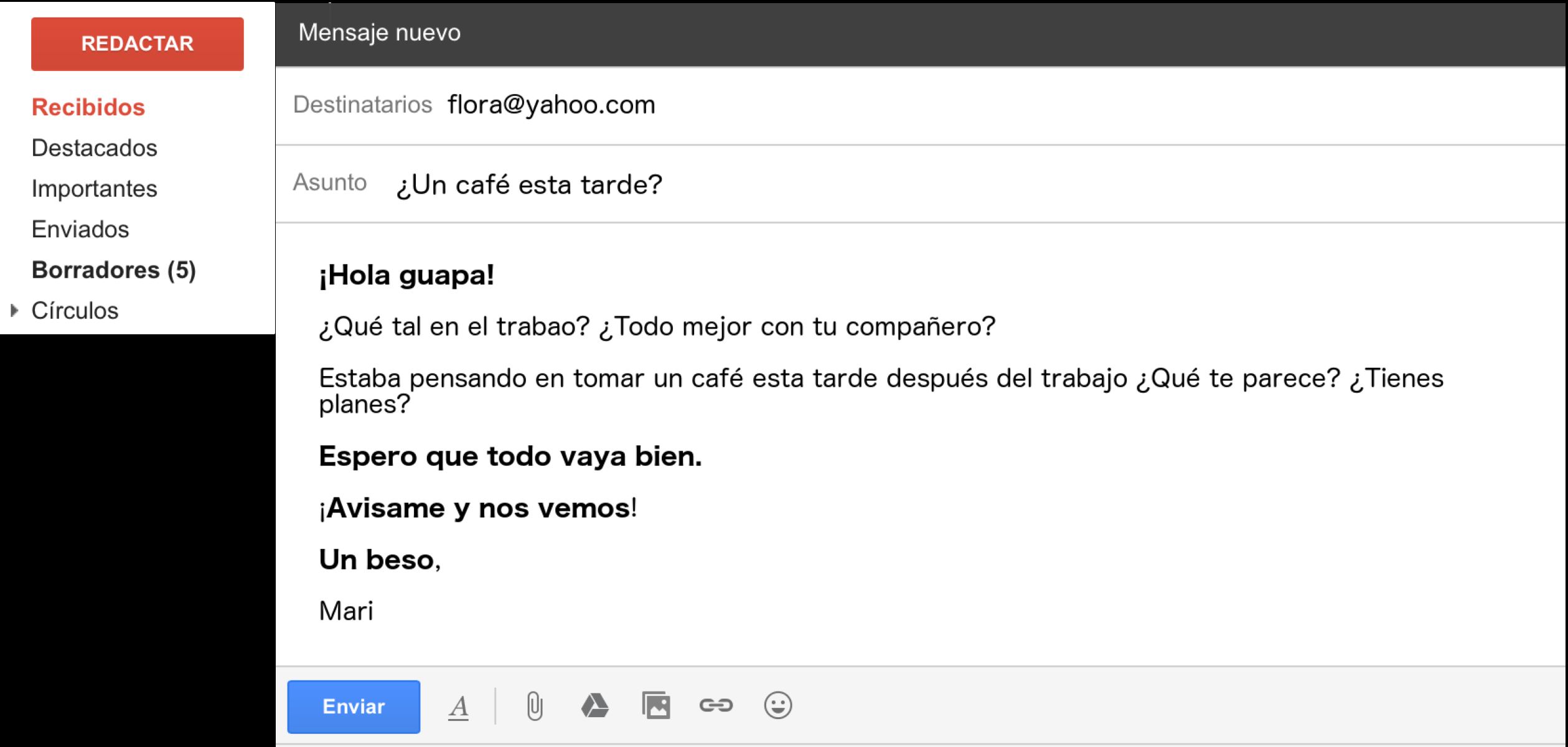Introduction
When it comes to ending an email, it’s often the last few lines that leave a lasting impression on the recipient. It’s not just about signing off with your name; it’s about leaving a final thought or message that lingers in the reader’s mind. The way you close an email can reflect your professionalism, gratitude, and willingness to assist further, all while maintaining a friendly and approachable tone.
In this article, we will explore different approaches to end an email effectively. Whether you’re sending a business proposal, a job application, or a casual message to a colleague or friend, these tips will help you craft a strong email closing that leaves a positive and memorable impact.
It’s important to note that there is no one-size-fits-all approach when it comes to ending an email. The closing you choose should align with the context and tone of your message. For formal or professional emails, a more polished and concise ending might be preferred. On the other hand, for casual or personal emails, a more relaxed and friendly closing may be appropriate.
Before diving into the various ways to conclude an email, remember to consider your audience, the purpose of your email, and the desired outcome. By tailoring your closing to the specific situation, you can create a lasting impression and improve your chances of eliciting the desired response.
Expressing Gratitude
Showing gratitude is a powerful way to end an email on a positive note. It helps create a sense of appreciation and leaves the recipient with a warm and satisfied feeling. Expressing gratitude can be especially effective in professional settings or when seeking a favor or assistance from the recipient.
Here are a few examples of how you can express gratitude in your email closing:
- Thank you – This simple and direct phrase conveys appreciation and is suitable for various email situations. For instance, you can say “Thank you for your time and consideration” or “Thank you for your prompt response.”
- Many thanks – Slightly more formal than “thank you,” “many thanks” communicates a greater sense of gratitude. It can be used to express appreciation for someone’s effort or assistance. For instance, you can say “Many thanks for your invaluable input” or “Many thanks for going above and beyond.”
- I’m grateful – This phrase conveys a deeper level of appreciation. It can be used when someone has provided exceptional support or when you want to express genuine gratitude. For instance, you can say “I’m truly grateful for your guidance throughout this project” or “I’m incredibly grateful for your unwavering support.”
Remember to tailor the expression of gratitude to the specific situation and the level of formality in your relationship with the recipient. A heartfelt and sincere thank-you can go a long way in leaving a positive impression and strengthening professional or personal relationships.
Closing with Your Preferred Contact Information
Including your preferred contact information in the email closing is a proactive way to make it easy for the recipient to reach out to you. This is particularly useful if you want to encourage further communication or provide alternative channels for contact.
Here are a few ways to close your email with your contact information:
- Phone number – If you prefer phone communication, consider including your phone number in the email signature. This allows the recipient to quickly reach out to you if needed. For example, you can say “Feel free to contact me at [phone number] if you have any questions or need further assistance.”
- Email address – While your email address is already visible in the “From” field, reiterating it in your closing can reinforce your availability for any follow-up communication. For instance, you can say “Should you have any additional queries, please don’t hesitate to reach out to me directly at [email address].”
- LinkedIn profile – If you maintain a professional presence on LinkedIn, consider including a link to your profile. This allows the recipient to connect with you and access more information about your professional background. For example, you can say “I’d love to connect with you on LinkedIn. Here is the link to my profile: [LinkedIn profile URL].”
Remember to choose the contact information that is most relevant and convenient for the recipient and aligns with the purpose of the email. Including your preferred contact information not only makes it easier for the recipient to reach out but also signals your openness to further communication.
Including a Call to Action
A call to action (CTA) is a clear and concise statement that prompts the recipient to take a specific action. By including a CTA in your email closing, you can guide the recipient towards the desired outcome and increase the likelihood of a response or engagement.
Here are a few examples of CTAs that you can include in your email closing:
- Requesting a meeting – If your email is aimed at scheduling a meeting or discussion, you can end with a CTA that suggests a specific time or invites the recipient to suggest a suitable time. For instance, you can say “I would love to discuss this further. How about scheduling a meeting next week?”
- Seeking feedback – If you’re looking for feedback or input, you can explicitly ask the recipient to share their thoughts or opinions. For example, you can say “I value your expertise and would appreciate any feedback you may have on this matter. Please let me know your thoughts.”
- Inviting collaboration – If you’re seeking collaboration or partnership, you can invite the recipient to join forces. For instance, you can say “I believe our combined skills can lead to great results. Let’s explore the possibility of working together on this project.”
When including a call to action, it’s important to be clear, concise, and considerate of the recipient’s time and priorities. Tailor the CTA to the specific objective of your email and make it compelling to encourage the recipient to take action.
Offering Assistance or Further Support
Ending your email by offering assistance or further support showcases your willingness to go the extra mile and provides reassurance to the recipient that they can rely on your help if needed. This is particularly important in professional or customer service-related emails where addressing concerns and providing solutions is crucial.
Here are a few ways you can offer assistance or further support in your email closing:
- Available for any questions – Let the recipient know that you are available to answer any questions or clarify any doubts they may have. For example, you can say “Should you have any further questions or need additional information, please don’t hesitate to reach out to me.”
- Offering guidance – If your email involves providing guidance or instructions, offer your support in implementing the suggestions. For instance, you can say “I’m here to guide you throughout the process. Feel free to reach out if you need any help along the way.”
- Providing resources – If there are relevant resources or materials that you can share to assist the recipient, mention your willingness to provide them. For example, you can say “I have attached a helpful document that provides more details on the topic. Let me know if there’s anything else I can provide.”
By offering assistance or further support, you demonstrate your commitment to ensuring the recipient’s satisfaction and success. It helps establish rapport and fosters a positive relationship, making the recipient more likely to reach out for help or engage with you in the future.
Wishing Well or Sending Regards
Ending your email with well wishes or sending regards adds a personal touch to your closing and conveys a sense of warmth and goodwill. It shows that you value the recipient as an individual and care about their well-being, regardless of the purpose or tone of the email.
Here are a few ways you can express your well wishes or send regards in your email closing:
- Best wishes – A common and versatile closing that works well in various contexts. For example, you can say “Best wishes for a successful project” or “Best wishes for a speedy recovery.”
- Warm regards – A slightly more formal option that still conveys friendliness and warmth. For instance, you can say “Warm regards” or “Warm regards to you and your family.”
- All the best – A casual and friendly closing that is suitable for personal emails. For example, you can say “All the best in your future endeavors” or “All the best for the upcoming event.”
It’s important to choose a closing that aligns with the relationship you have with the recipient and the context of your email. Adding well wishes or sending regards not only leaves a positive impression but also helps create a personal connection and foster a sense of goodwill.
Ending with a Professional Sign-Off
A professional sign-off is the final touch to your email and leaves a lasting impression on the recipient. It reinforces your professionalism and sets the tone for future communication. Choosing an appropriate sign-off is important, as it reflects your attitude and level of formality.
Here are a few examples of professional sign-offs you can use to conclude your email:
- Sincerely – This classic sign-off is formal and widely accepted in professional settings. It is suitable for business correspondence, job applications, or other formal communications.
- Best regards – A slightly less formal option that still maintains professionalism. It is versatile and can be used in various contexts, including both professional and personal emails.
- Yours faithfully – This sign-off is typically used when you don’t know the recipient’s name. It is commonly used in formal or official communication.
- Kind regards – A warm and friendly sign-off that is suitable for professional emails where you have a relatively close relationship with the recipient.
- With gratitude – If you want to express sincere appreciation or gratitude, this sign-off can be a nice touch, especially when ending an email that emphasizes your gratitude or thanks.
Remember to choose a sign-off that matches the tone and level of formality of your email. Additionally, make sure to include your name and any relevant designations or titles beneath the sign-off. This provides clarity and ensures a professional closure to your email.
Conclusion
Ending an email may seem like a small detail, but it carries significant weight in leaving a lasting impression on the recipient. By following these tips, you can effectively conclude your emails with a touch of professionalism, gratitude, and personalization.
Expressing gratitude, closing with your preferred contact information, including a call to action, offering assistance or further support, sending well wishes or regards, and ending with a professional sign-off are all essential elements to consider when concluding your emails.
Remember to tailor your approach to each specific email and the relationship you have with the recipient. This will ensure that your closing is appropriate, impactful, and aligns with the desired outcome of your communication.
By mastering the art of concluding emails, you can create a positive and lasting impression, build strong professional relationships, and increase the chances of eliciting the desired response from the recipient.
So the next time you write an email, don’t overlook the importance of how you close it. Put these tips into practice and watch as your emails become more effective, engaging, and memorable.












